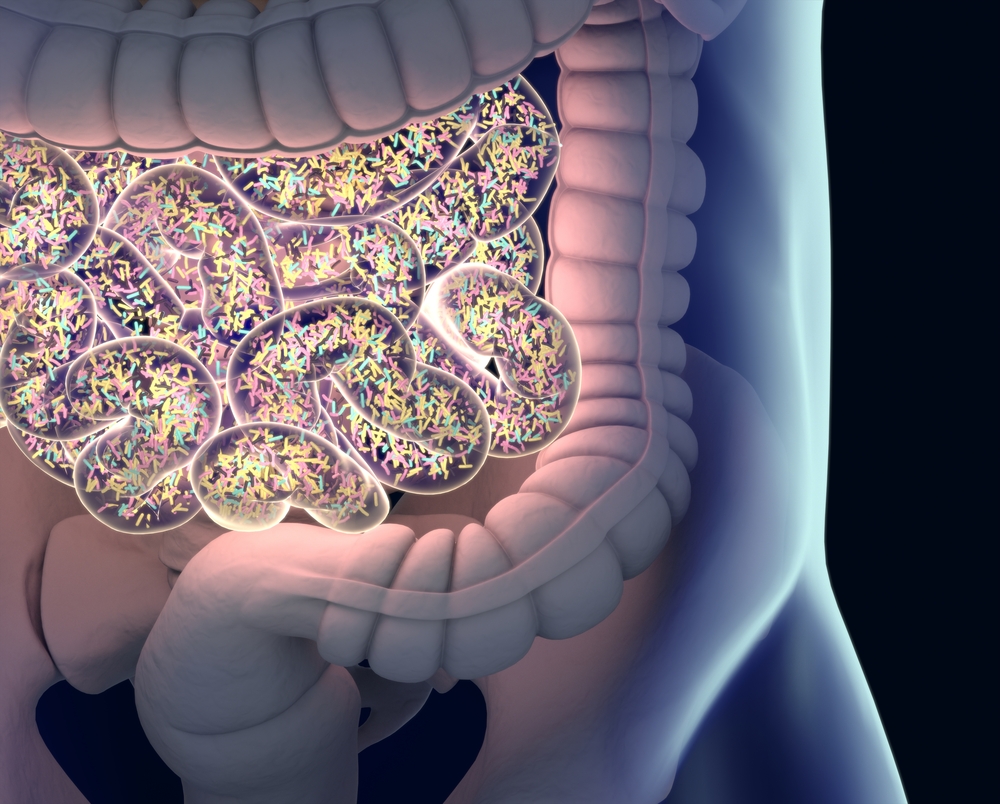Rule Out Bowel Perforation Early in Scleroderma Patients with Abdominal Symptoms, Study Advises

Early detection of bowel perforation in scleroderma patients who are experiencing abdominal symptoms may be lifesaving, according to a case report.
Researchers emphasize that it is essential clinicians be aware of the risk and possible severe consequences of bowel perforation in these patients. Effective therapies halting tissue scarring (fibrosis) are required to prevent this rare complication.
The study, “Spontaneous bowel perforation in the setting of colonic involvement with scleroderma,” was published in the journal BMJ Case Reports.
Scleroderma may affect multiple organs, causing progressive, widespread fibrosis. Besides skin involvement — the disease hallmark — the gastrointestinal tract is affected in nearly 90% of scleroderma patients.
Complications of the colon occur in 20–50% of these patients, and can lead to constipation, diarrhea, abdominal pain, abdominal distension, and vomiting. Some may experience severe gastrointestinal involvement, which has been associated with inflammatory myositis – a condition closely linked with scleroderma that refers to muscle inflammation and muscle weakness.
Researchers at Cambridge University Hospitals NHS Foundation Trust, in the U.K., reported the case of a fatal colon perforation in a 49-year-old woman with scleroderma and myositis.
She arrived at the hospital with clear signs of shock, and complaining of severe abdominal pain, constipation, vomiting and decreased appetite over several days.
She had a history of scleroderma, with Raynaud’s phenomenon, esophagus dysfunction, and myositis, which affected her respiratory muscles and resulted in non-invasive ventilatory support and long-term steroid therapy.
Raynaud’s phenomenon is a condition that affects the blood vessels in the fingers and toes, making them numb, prickly and frigid in response to cold temperatures or stress.
Upon examination, doctors also found that she had severely low blood pressure, distended and tense abdomen, low levels of white blood cells, and signs of infection. Based on her clinical presentation, the clinicians believed the woman was having septic shock — a life-threatening condition associated with infection — due to a visceral perforation.
Her condition became critical in the following minutes. She required cardiopulmonary resuscitation and then underwent laparotomy surgery, where a perforation in the sigmoid colon (the lowest section of the colon) was identified and the segment containing that lesion was removed. A new surgery was planned for 48 hours later, but the woman died due to multi-organ failure 29 hours after surgery.
Subsequent analysis of the removed portion of the colon showed that healthy muscle tissue had been replaced by loose fibrotic tissue, resulting in abnormally thin areas where the perforation occurred.
Overall, the researchers concluded that these findings were consistent with scleroderma-associated colon involvement, resulting in weakening of the colon wall and, ultimately, its perforation.
According to the team, this case illustrates the decreased physiological reserve in scleroderma patients — their organs’ decreased capacity to adapt to stress — due to multi-organ complications and concurrent systemic treatment, often involving immunomodulatory agents.
“It is therefore essential that clinicians faced with abdominal symptoms and signs in patients affected by [systemic sclerosis] are able to quickly differentiate acute visceral perforation from benign causes,” the researchers wrote.






